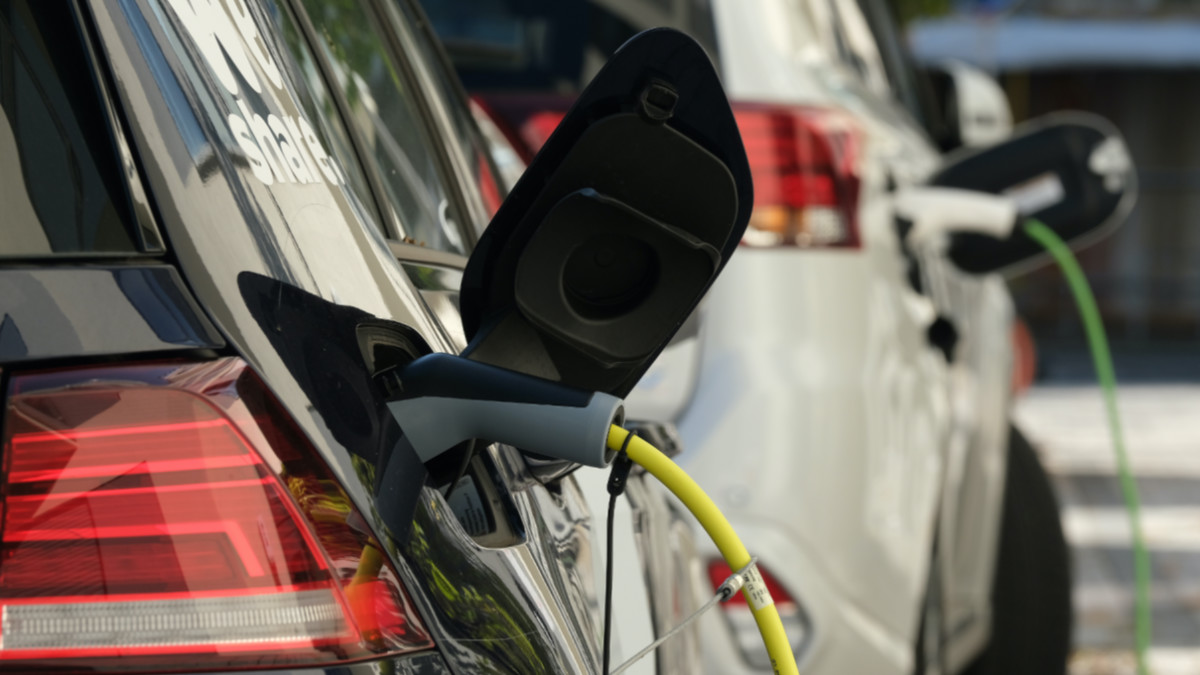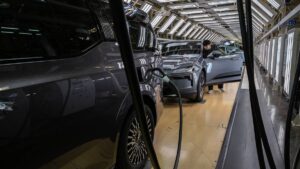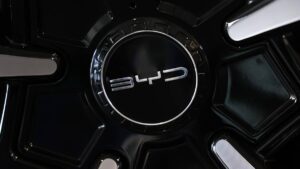After several false dawns for EVs in Australia, here’s why 2021 is set to be different

If you think "seeing is believing" when it comes to electric vehicles in Australia - you might believe in 2021 (Pic: Getty)
- Electric vehicles are now the norm in some countries
- Australian EV industry still lags global peers; visible progress has been made
- Government incentives, model availability and battery technology advancement key catalysts
After so many false dawns on electric vehicles (EVs) in Australia you’d be forgiven for thinking 2021 will be another year of all hype but no action.
2020 has been a good year for EVs as Tesla (NDQ:TSLA) and other companies ramp up production.
After years of not being profitable, Tesla has now been profitable for five straight quarters. It also looks set to achieve its goal of delivering half a million cars this year.
Australia still behind
But with Australians banned from overseas travel, this year has arguably been the most difficult to see the rise of EVs.
Only 0.6 per cent of total car sales in Australia are EVs. Last September in Norway, EVs were 80 per cent of car sales.
Across the European continent in the same month, EVs outsold diesel cars for the first time ever.
“That just shows you how far behind we are,” declared Chris Nash, president of the Australian Electric Vehicles Association (AEVA).
Stockhead caught up with Nash before AEVA’s 2020 EV Vision e-conference to be held this Friday.
AEVA says this event will be “the biggest electric vehicle event ever” and will include 45 speakers Zooming in globally.
Nash said Australia’s lack of progress is disappointing because the world’s EV-takeup leaders were demographically similar to Australia. Except that they’d taken more proactive steps to drive adoption.
“They’ve been using incentives, governments have rolled out charging networks, even things as grand as governments investing in electric vehicles for their own fleet and running shorter leases so they can create a secondhand market to make it more affordable,” he told Stockhead.
The three signs of progress
Nevertheless, Nash said Australia has made some progress on EVs in the last 12 months which would gradually reap rewards.
He noted three positive developments. First, various actions by state governments across Australia to try to increase electric vehicles.
Most prominently, a number of states will electrify their bus fleets. NSW will move 8,000 buses to electric over the next 2-3 years while Tasmania and the ACT will shift their fleets to 100 per cent and 90 per cent respectively by 2030.
Additionally, South Australia has unveiled plans for an $18 million electric vehicle charging network.
The second is the increasing availability of electric vehicle models, especially those for the lower end of the market.
“Model availability is just increasing all the time now,” Nash said.
“MG launched their new electric vehicle, a small SUV (the ZS MV) – $44,000 off the road, launched last Tuesday.
“We’re now getting down into price parity with combustion engines – so that’s making a difference.
“We’ve also had a raft of models coming through, a number at the higher end but we’re starting to get movement at the lower end.”
Third, Nash noted battery technology was “going from strength to strength on a monthly basis”, helping resolve anxieties about running out of fuel in the middle of nowhere.
The most prominent development in recent time was Volkswagen’s unveiling of a 700km range station wagon.
‘So much you can’t keep on top of it’
Nash also noted the pace of market activity, development and sales, were far greater than even 12 months ago.
Just last Thursday, General Motors announced it was planning 30 new models by 2025 – only five years away.
“There’s so much you can’t keep on top of it but there’s heaps of stuff going on,” he said.
“And not just in the passenger car market either, it’s across trucks, it’s across utes.
“The amount of utes now being designed and bound for Australia – I don’t know if someone’s put in a call for it or something – they’re coming from everywhere.
“When I was doing these calls this time last year there wasn’t a whole stack of utes but now they’re coming.
“There’s plenty going on all over the place, which is great. We’ve just got to try and make sure it actually finds its way to Australia.
“While this transition takes place, we don’t want to be a dumping ground for diesel vehicles people have already manufactured but can’t clear anywhere else.”
But will EVs work en masse in Australia?
Nash recalled AEVA has had a very long journey having began in 1973 in light of the oil shocks.
These caused an exponential rise in petrol prices, some people sought to convert existing combustion vehicles to electric.
“[It was] for the basic idea that there’s about a tenth of the components required in an electric vehicle to what there is in a combustion engine.
“There’s less moving parts, there’s none of the oil and the grease and all that sort of stuff that has to be constantly supplied.
“And as we know, because we have these electric motors all around us, our fridges, microwaves, washing machines, pool filters…they just work and in the main they keep working for extended periods of time.
“It started off in that vein and as we’ve got into the age of mass manufacture we’ve absorbed that part of the market as well and we continue to lobby government on behalf of the drivers of EVs and try and raise awareness and help people make the shift.”
A no-brainer
Nash believes that day of EV domination in Australia will come. But also, that the first generation to only know electric vehicles will wonder why we took so long to move.
“These aren’t like combustion vehicles where you need to turn it over in the 150-200,000km,” he said.
“These will run on and on. You just need to keep changing tyres and check your washer fluid. It’s a completely different technology that allows you to keep rolling forward.
“Not only are the electric vehicles faster, in a lot of cases they can be more powerful and have longer range.
“And it won’t be long until people will be looking back and saying ‘How did you ever drive a combustion engine vehicle, it just doesn’t make any sense.'”
Related Topics
UNLOCK INSIGHTS
Discover the untold stories of emerging ASX stocks.
Daily news and expert analysis, it's free to subscribe.
By proceeding, you confirm you understand that we handle personal information in accordance with our Privacy Policy.








